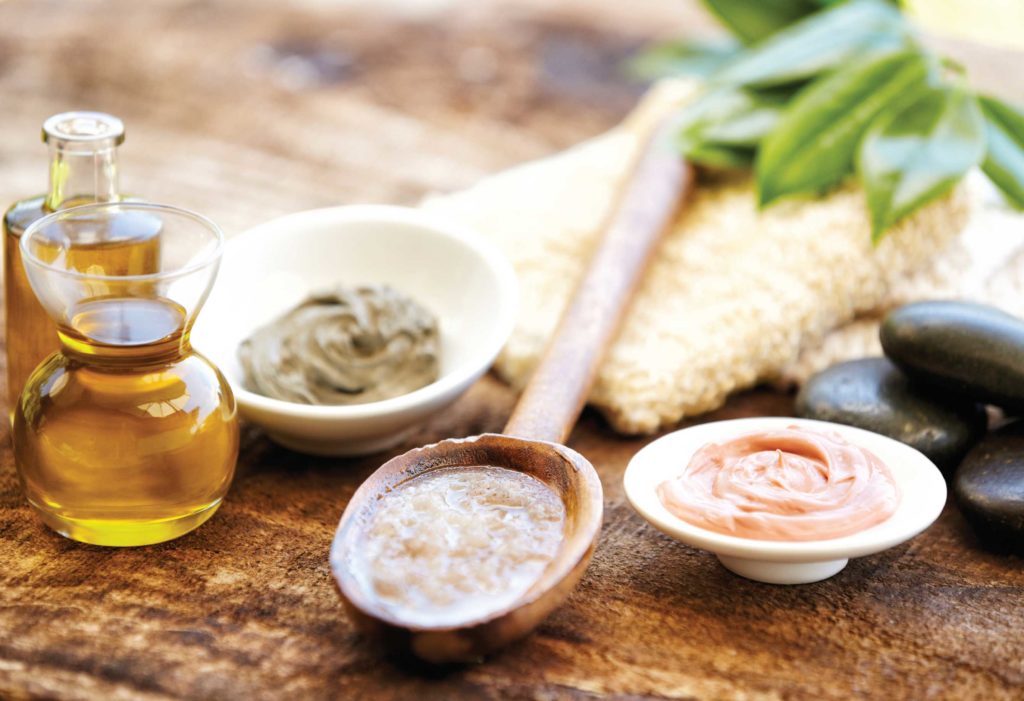What is a Phthalate?
Phthalates refer to the category of chemical compounds used for PVC or polyvinyl chloride in construction materials as well as household merchandise. Phthalate is also called plasticizer because of its capability to soften vinyl. Several government agencies and regulatory agencies all over the world have evaluated the compound. They concluded that phthalates don’t present a serious risk to human health at various exposure points. These evaluations continue until the present time.
Claims of Agencies and Institutions
According to the United States Centers for Disease Control and Prevention (CDC), exposure is significantly lower compared to concern levels that other regulatory bodies set for phthalates. Said chemical also functions as a softener in skin care commodities like shampoo and cosmetics. In fact, recent studies on human beings and animals suggested that it may affect our hormones.
A published online article highlighted one research conducted by an epidemiologist at the University of Rochester Medical Center. This medical professional who focuses on the occurrence and possible control of diseases hinted at how exposure among pregnant women can affect their male offspring.
Based on animal studies, certain forms of phthalates affected reproductive systems of animals used for laboratory experiments. Other possible disorders include damage to the reproductive systems (developing testicles), kidneys, lungs, and liver. However, many experts emphasized the need for more research to evaluate the effects of phthalates on human well-being.
Essential Health Aspects
Almost two decades ago, the National Institute for Environmental Safety and Health already came up with the conclusion that reproductive hazards from being exposed to the plasticizer were marginal in many instances. The CDC filed another report from a survey involving a small segment of the American populace for chemicals in urine also many years in the past.
The compounds included phthalates. Yet, this poll was not meant to relate the presence of said chemicals in human urination with diseases. It was more of uncovering the magnitude of human exposure to industrial elements.
Another appraisal by the Cosmetic Ingredient Review Expert Panel reiterated its original decision that phthalates (DBP), DMP reagent, and DEP (phthalate ester) were safe for use in beauty products. This panel assessed both phthalate exposure and toxicity information.
Some companies that manufacture, distribute, and sell natural products (free from chemicals) claim teens and babies are the most vulnerable to this substance. The reason is organs of infants and children are still in the developing stage. Likewise, new hormone levels come out during the age of puberty.
FDA Perspective
Meanwhile, the Food and Drug Administration (FDA) also reviewed the contamination data and safety concerns of these organizations. In the end, the FDA concluded there was not enough scientific basis to endorse regulatory action against beauty commodities that contain phthalates.
Although the FDA considers phthalates as well as parabens safe, many consumers still feel concerned about dangerous side-effects of these chemicals. The consensus is to keep away from brand names using these ingredients with emphasis on infants, pregnant women, and teenagers. Ponder on the collective effects of products you use repeatedly for skincare that contain these chemical substances.
There are 15 of these products or more:
- Deodorants
- Lotions
- Body wash
- Shampoos
- Conditioners
- Moisturizers & Toners
- Perfumes
- Eyeliners & Eye Shadows
- Lipsticks
- Powder and Foundation
- Hair-styling Gel
It becomes understandable that more women have higher incidence of paraben chemicals in their urine compared to men. What about phthalates? Traditionally, phthalates employed in cosmetic items are DBP plasticizers for nail products to minimize cracking, DMP for hair sprays to prevent rigidity, and DEP as solvent. Skincare products use numerous phthalates.
Avoiding these Questionable Chemicals
How can we stay away from phthalates? For concerned consumers, check the product ingredient list thoroughly for the following:
- DEP
- DBP
- DMP
- DEHP
This advice applies for other ingredients that end with phthalate normally indicated as perfume or fragrance. Select the merchandise labeled as phthalate-free to make sure the element is not present in the product. If you are not sure if the item contains phthalates or not, inquire from specialists who can give you their expert recommendations. Otherwise, consult family members or friends who have experience in using these skincare items. The key is to ascertain that health risks are not linked to the product.


Leave a Reply